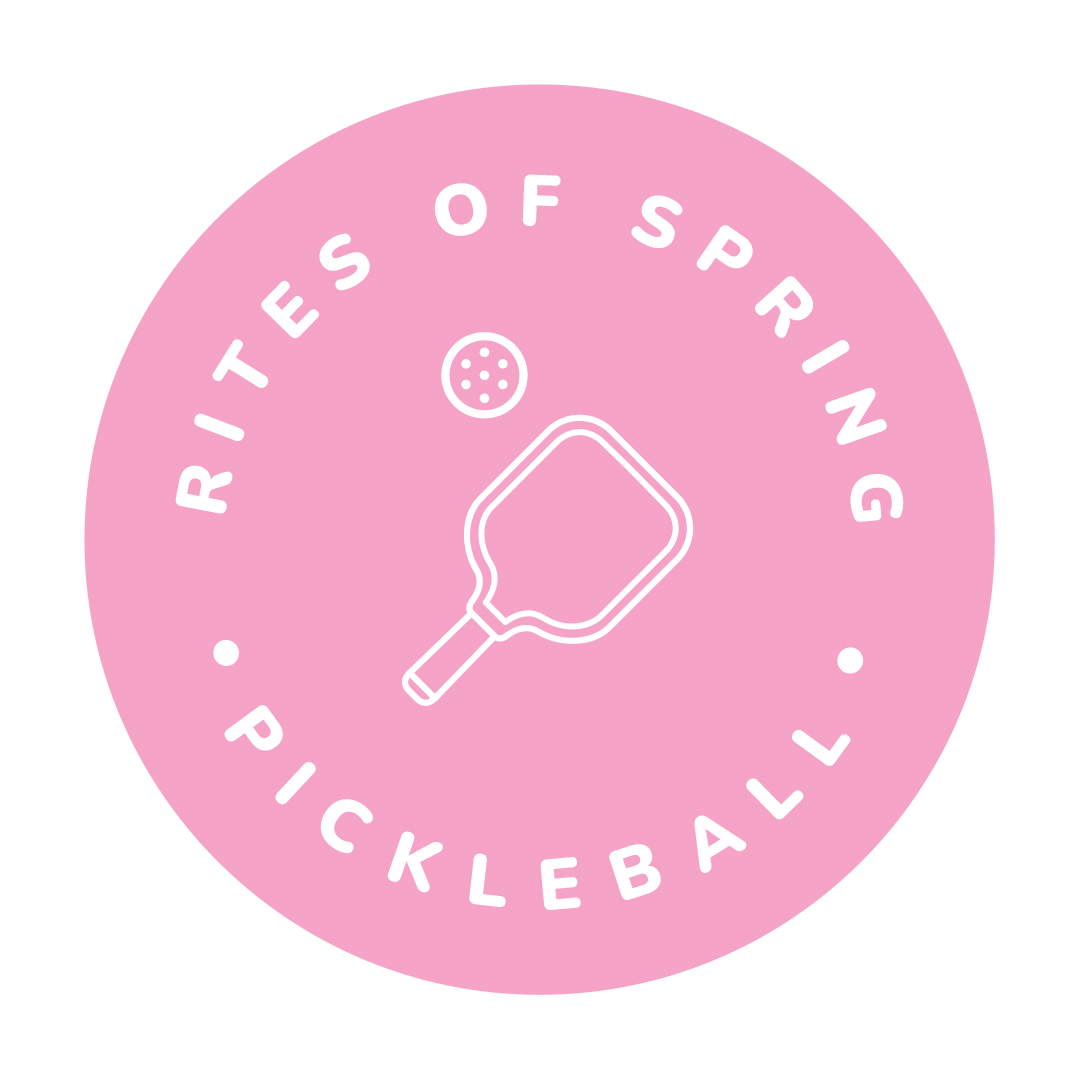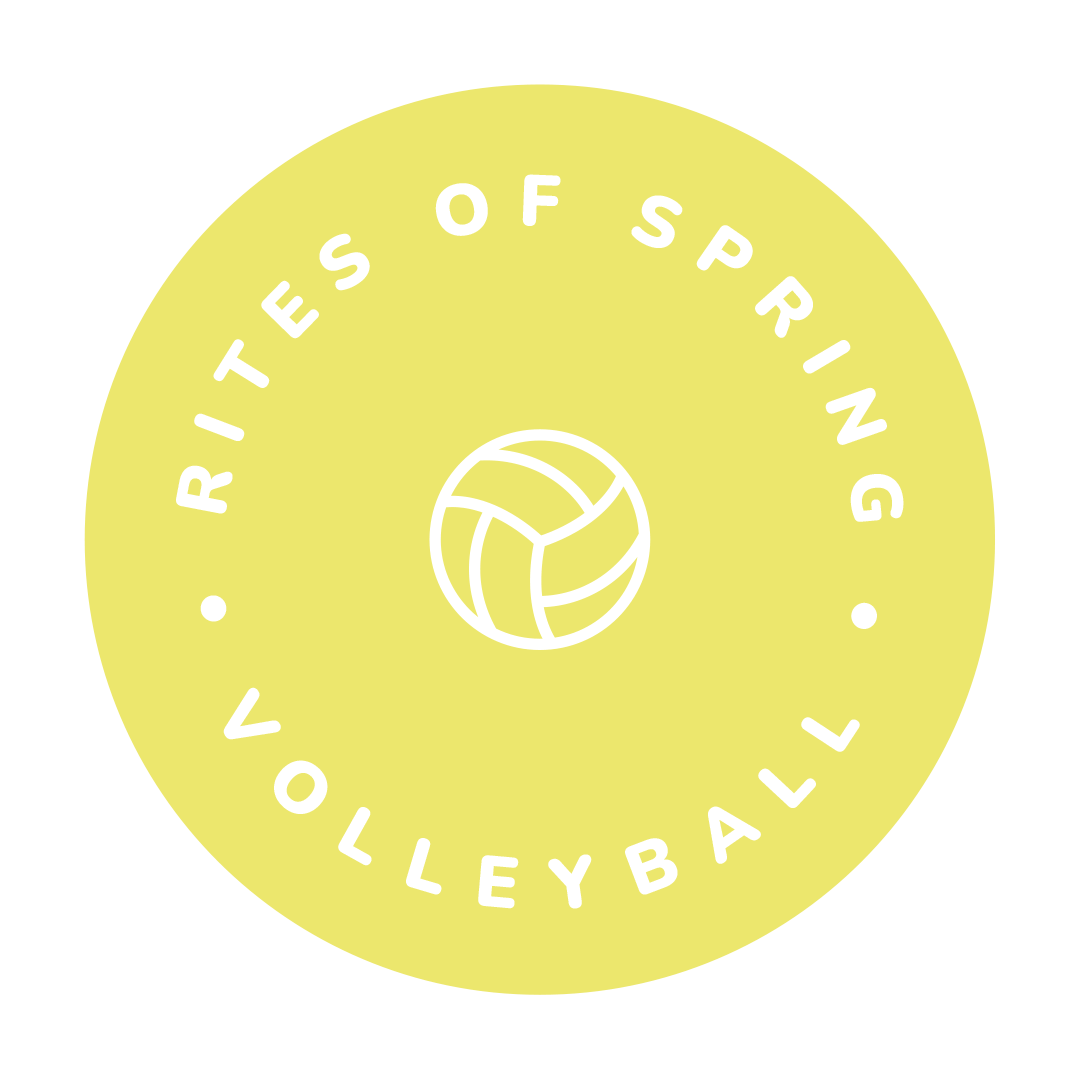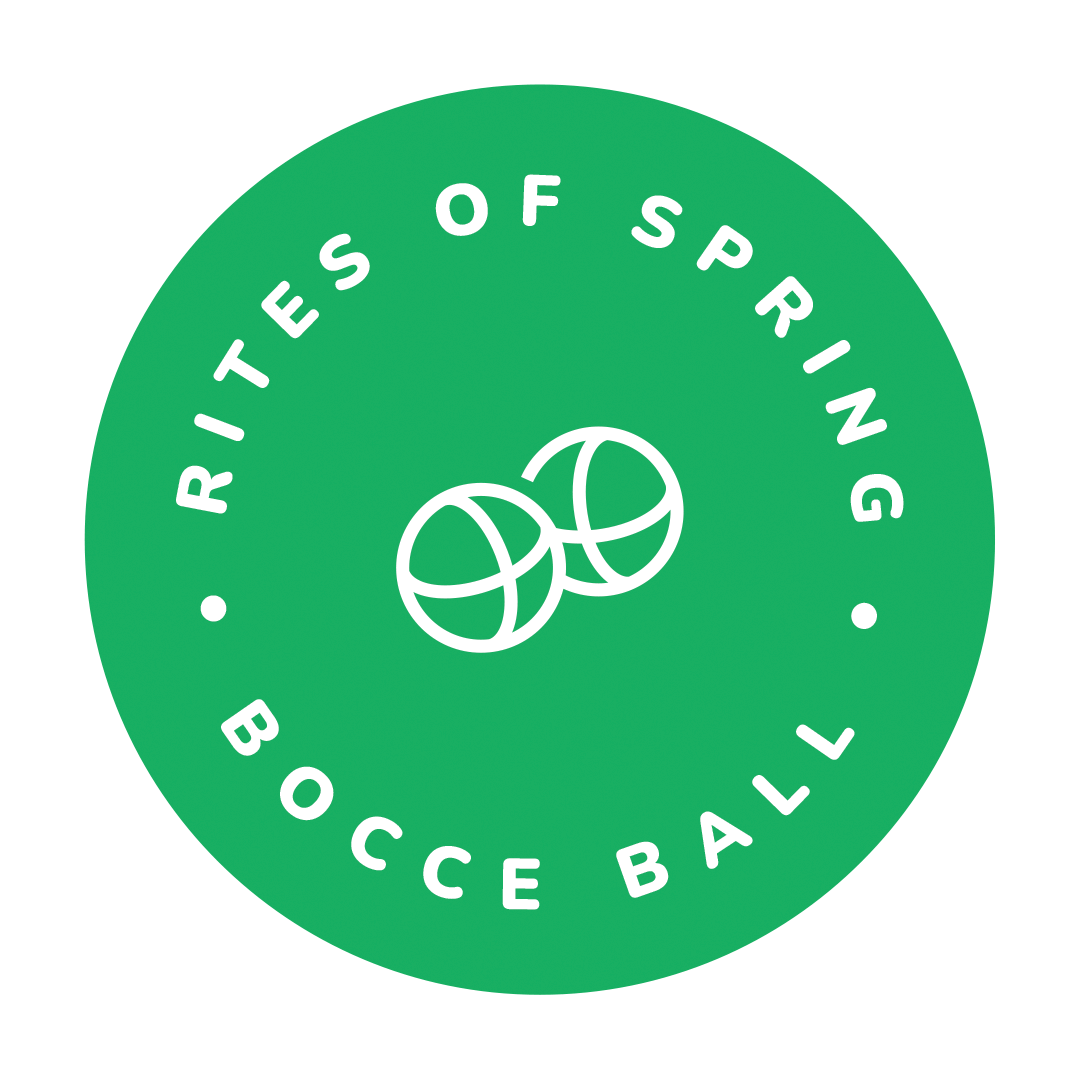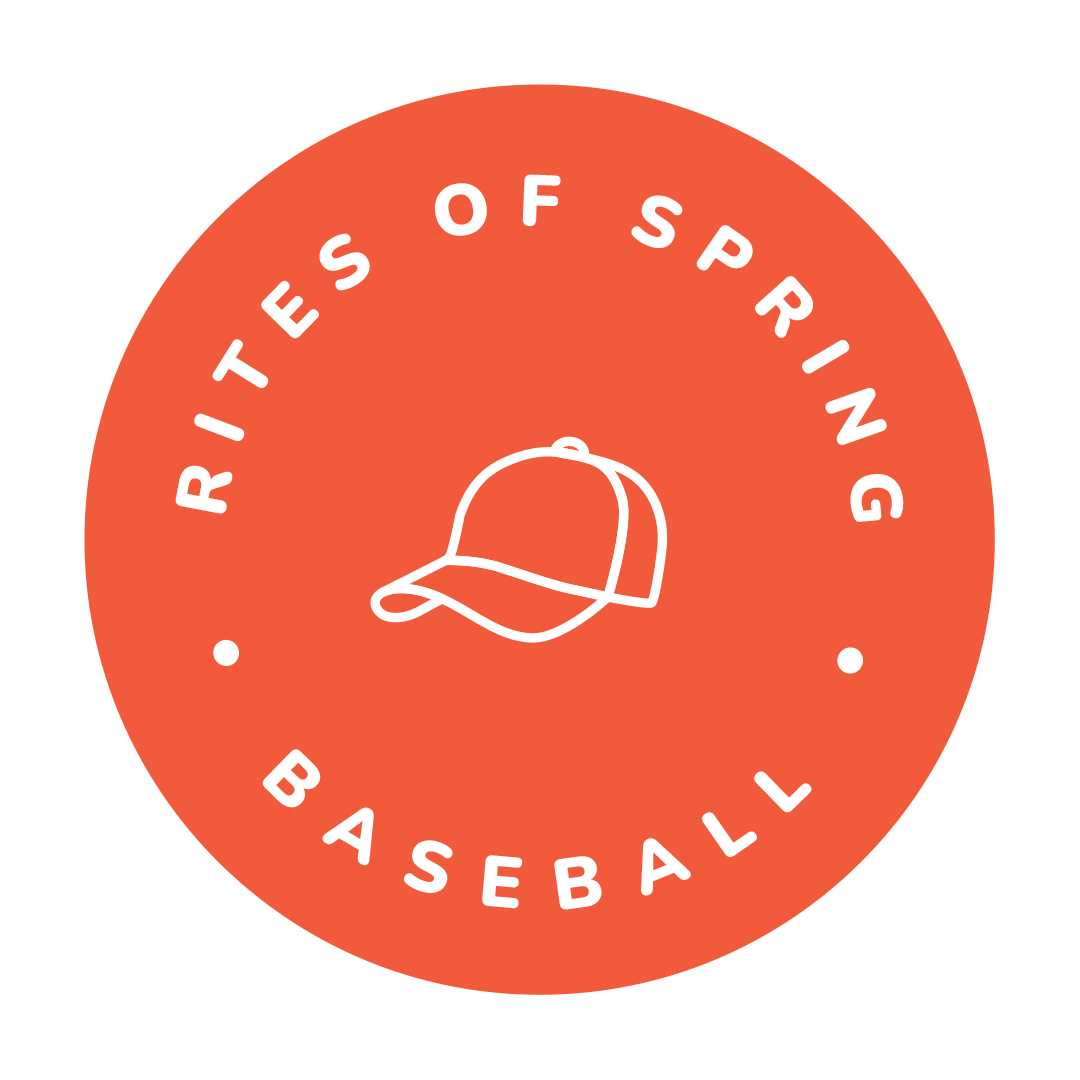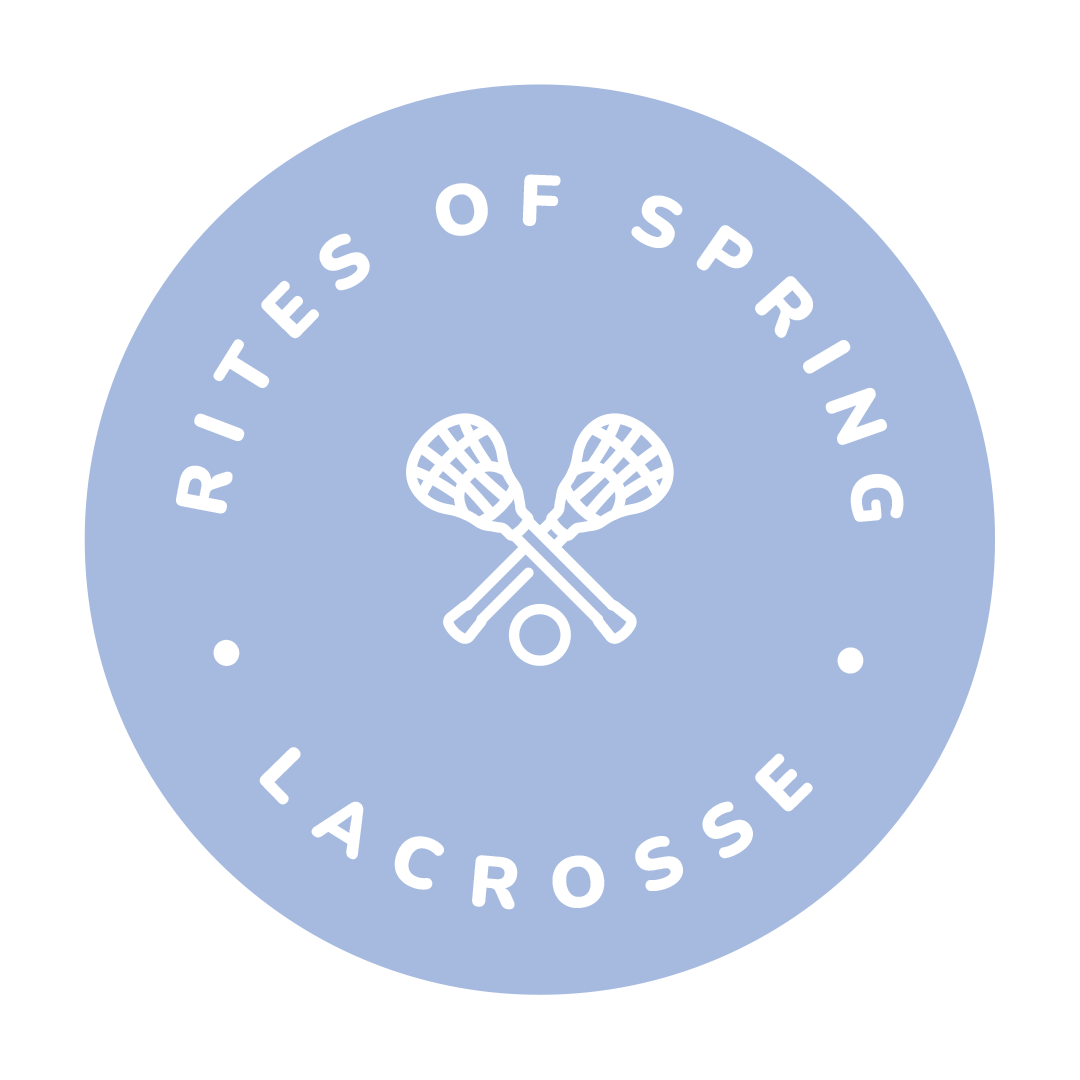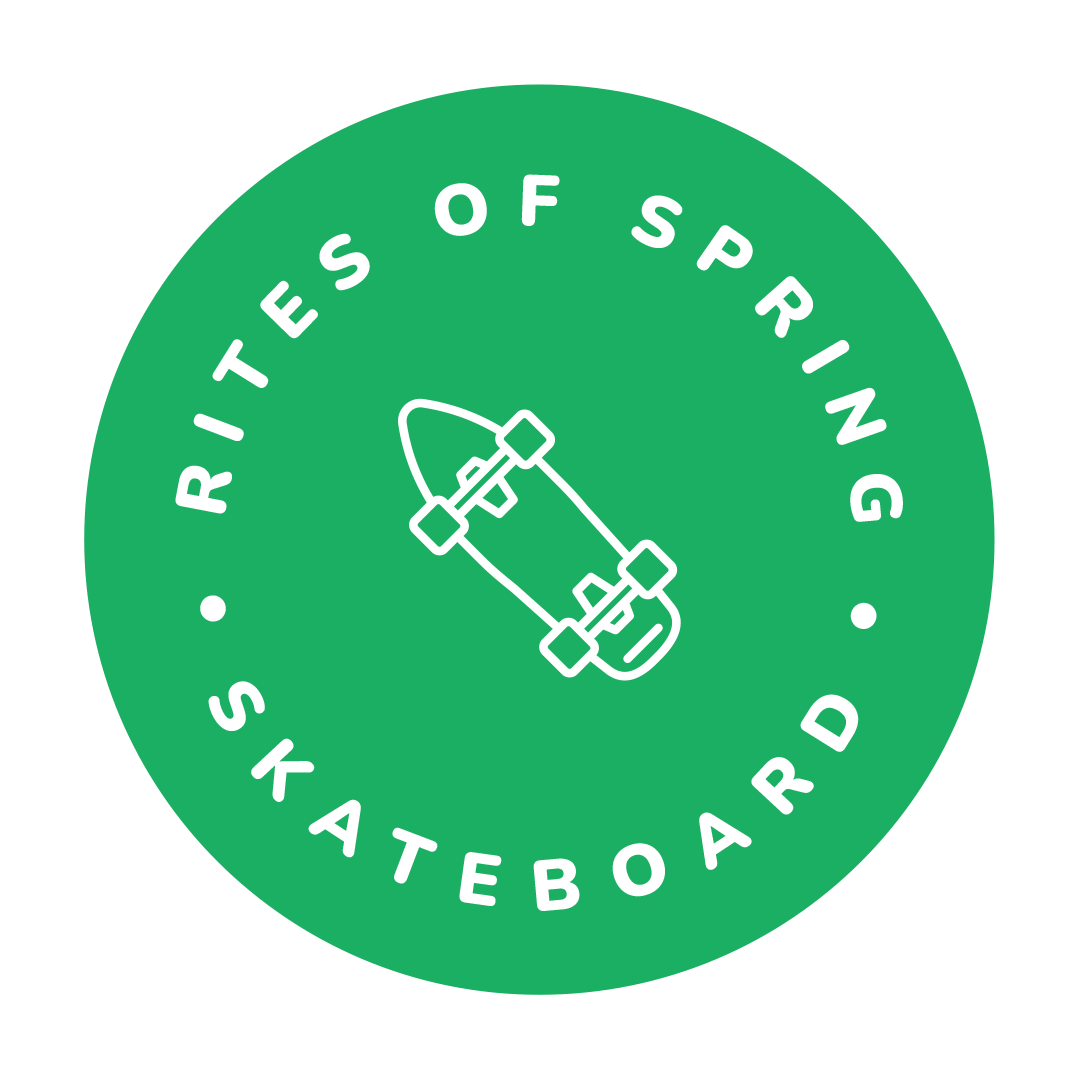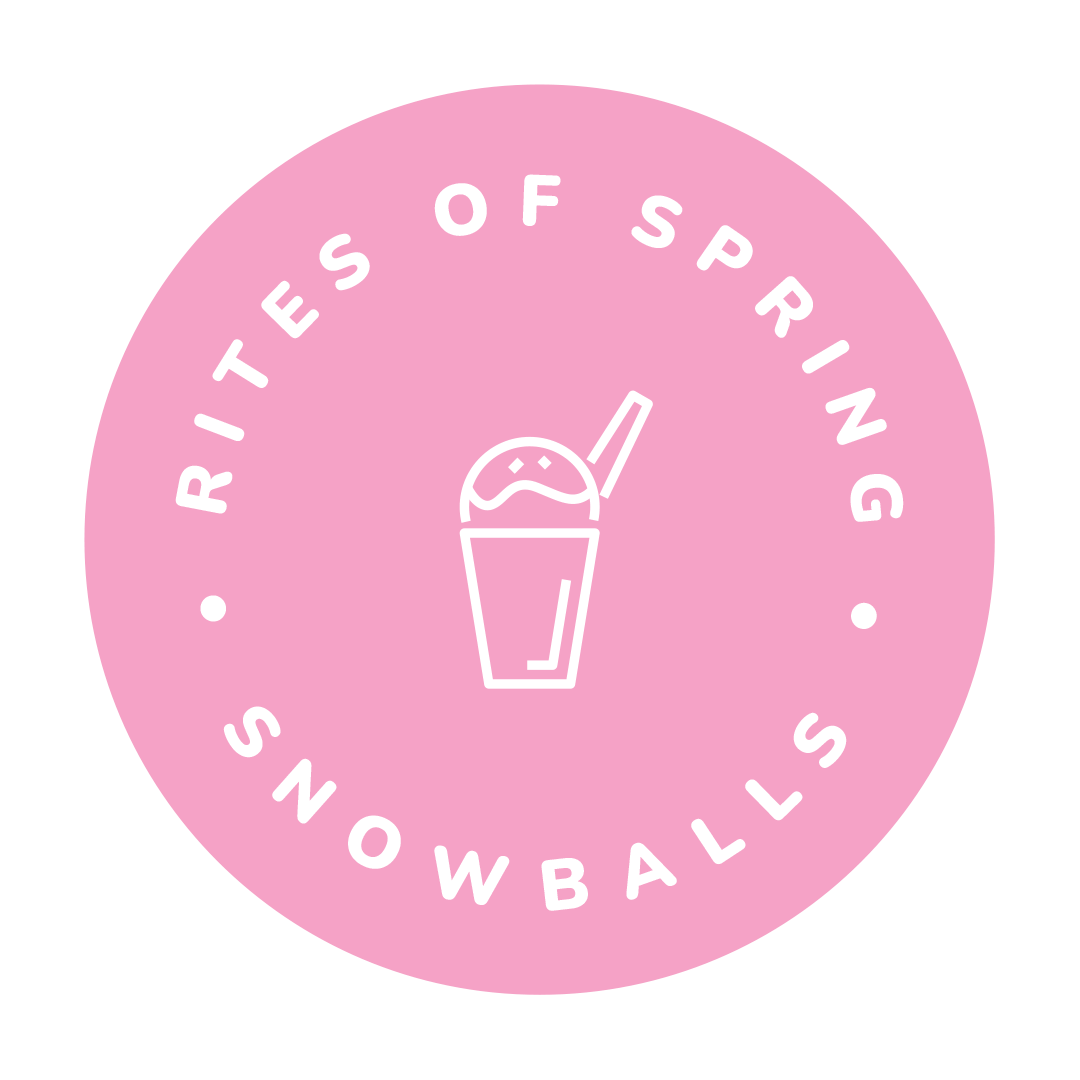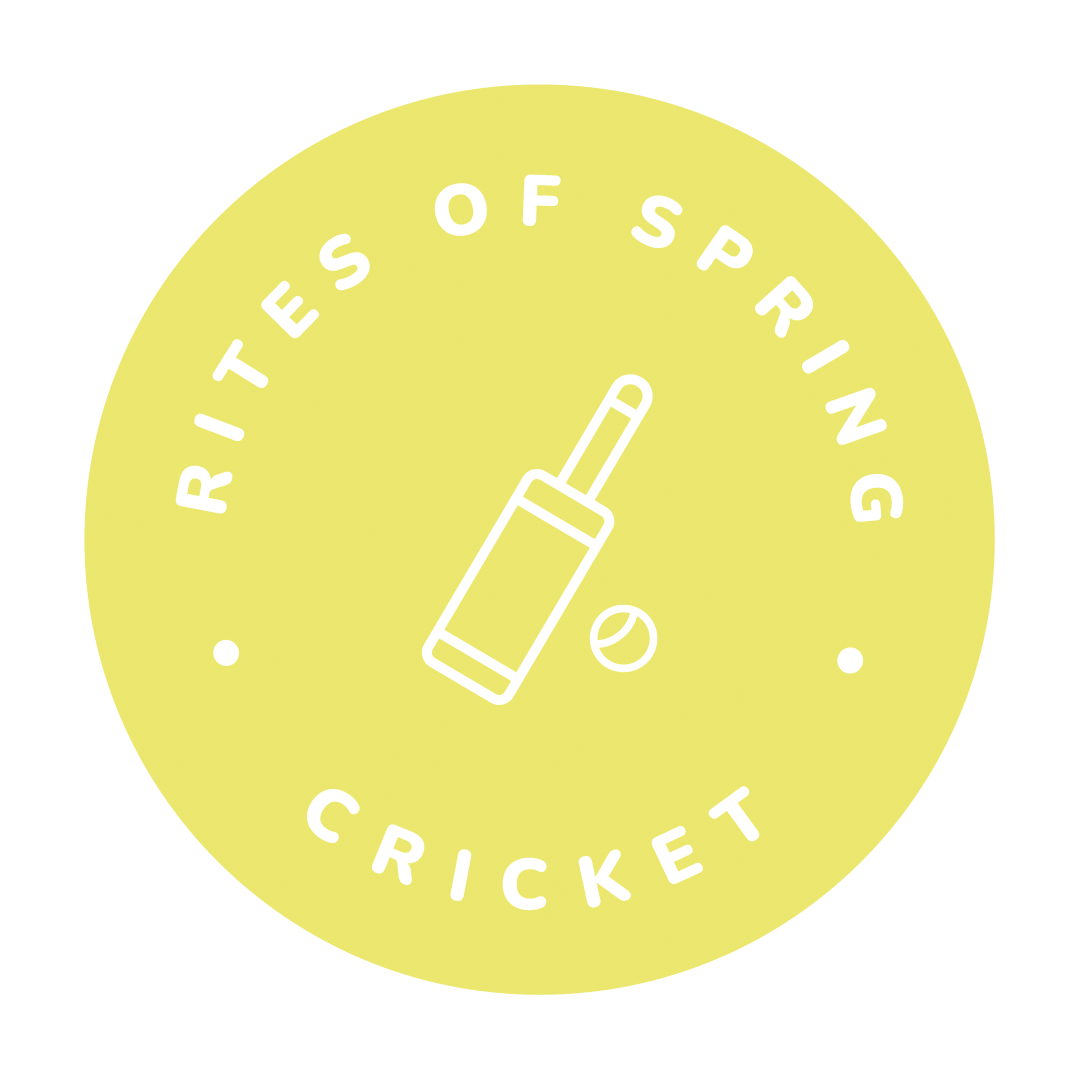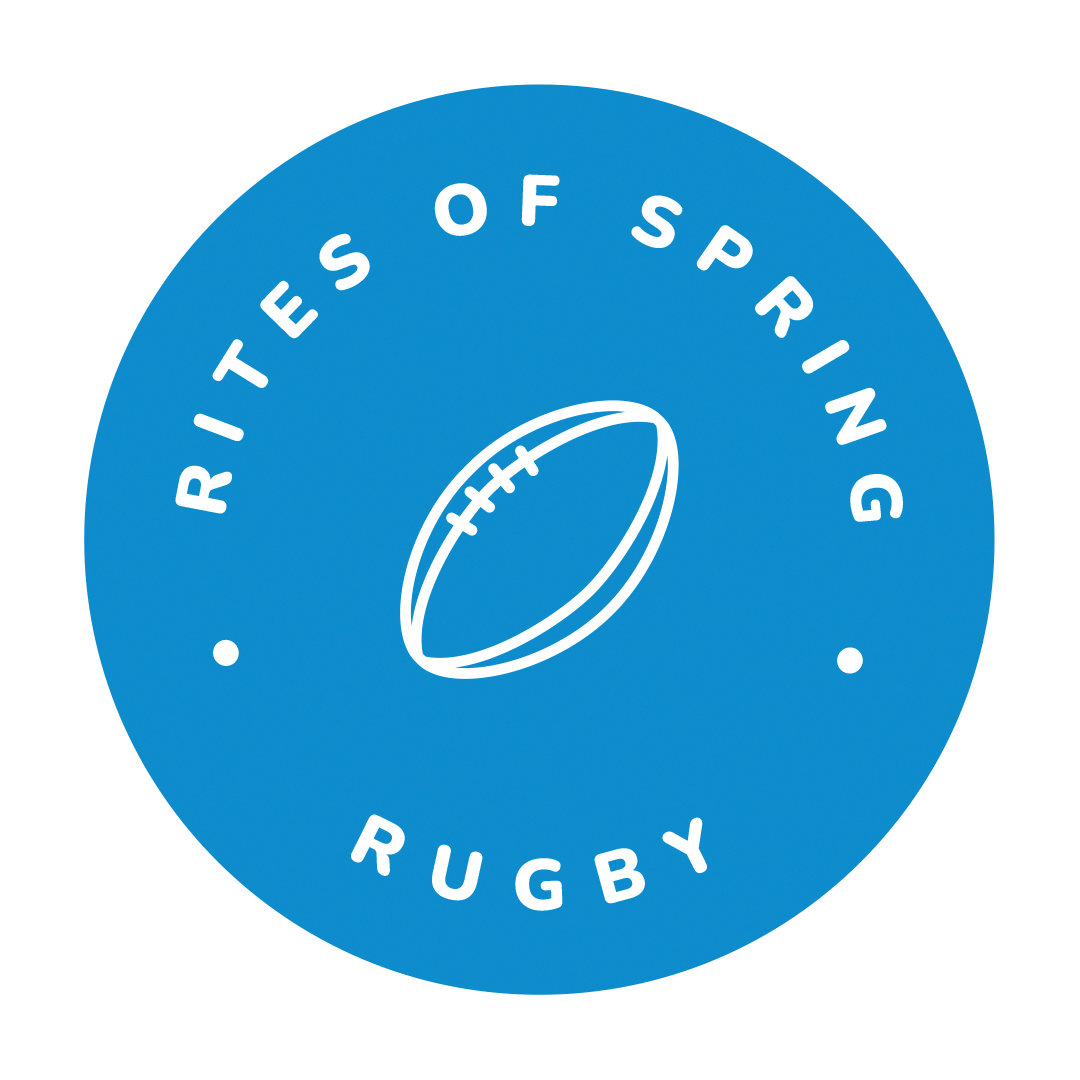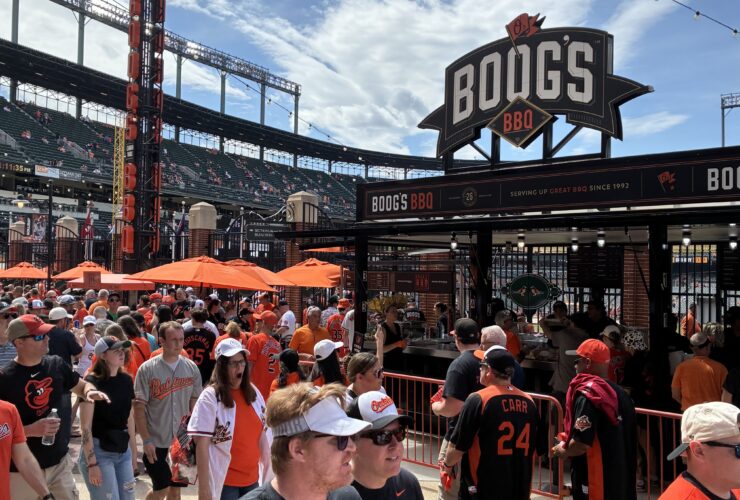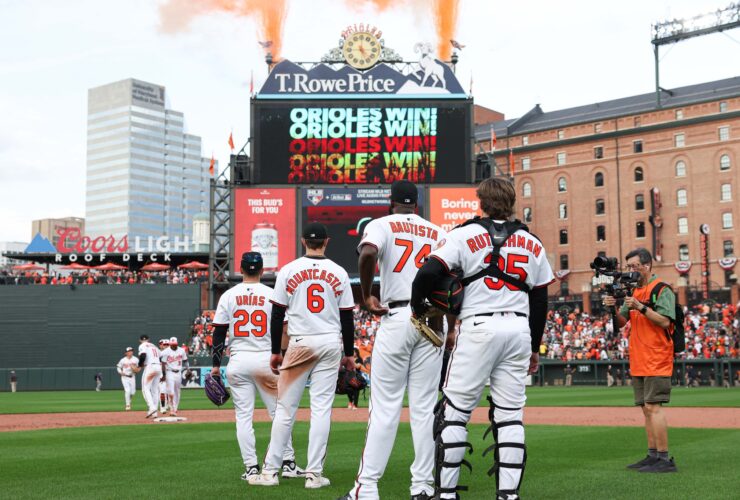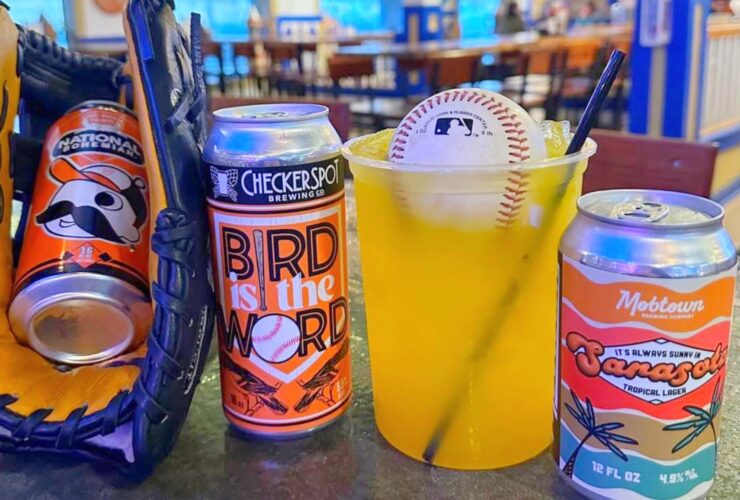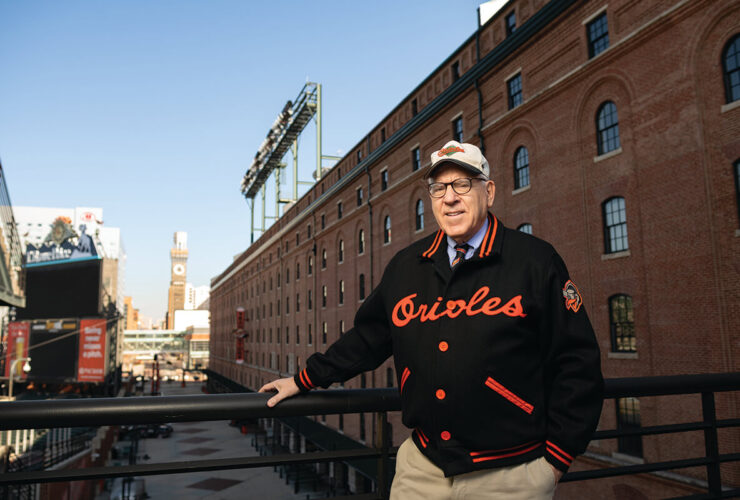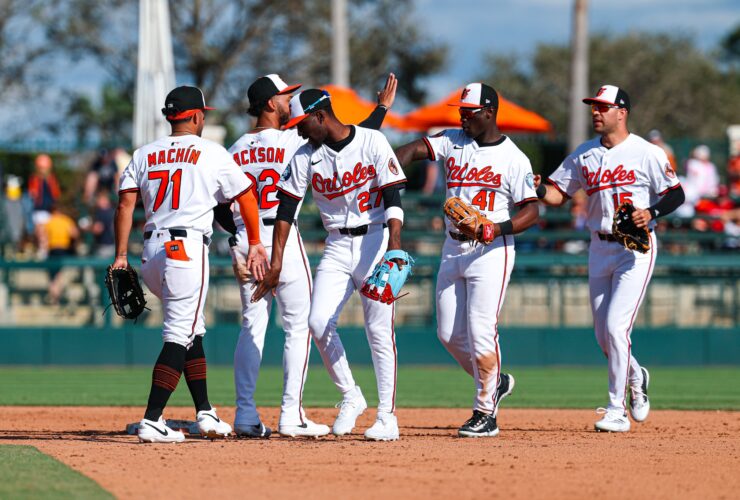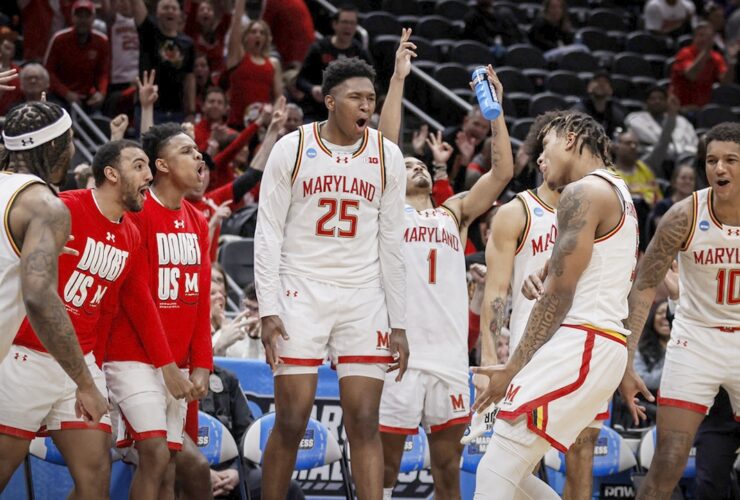
Rites of Spring
Baltimore is Finally Embracing Its Skateboarding Community
Throughout the past two decades, local leaders like Stephanie Murdock have successfully advocated for public skating spaces.
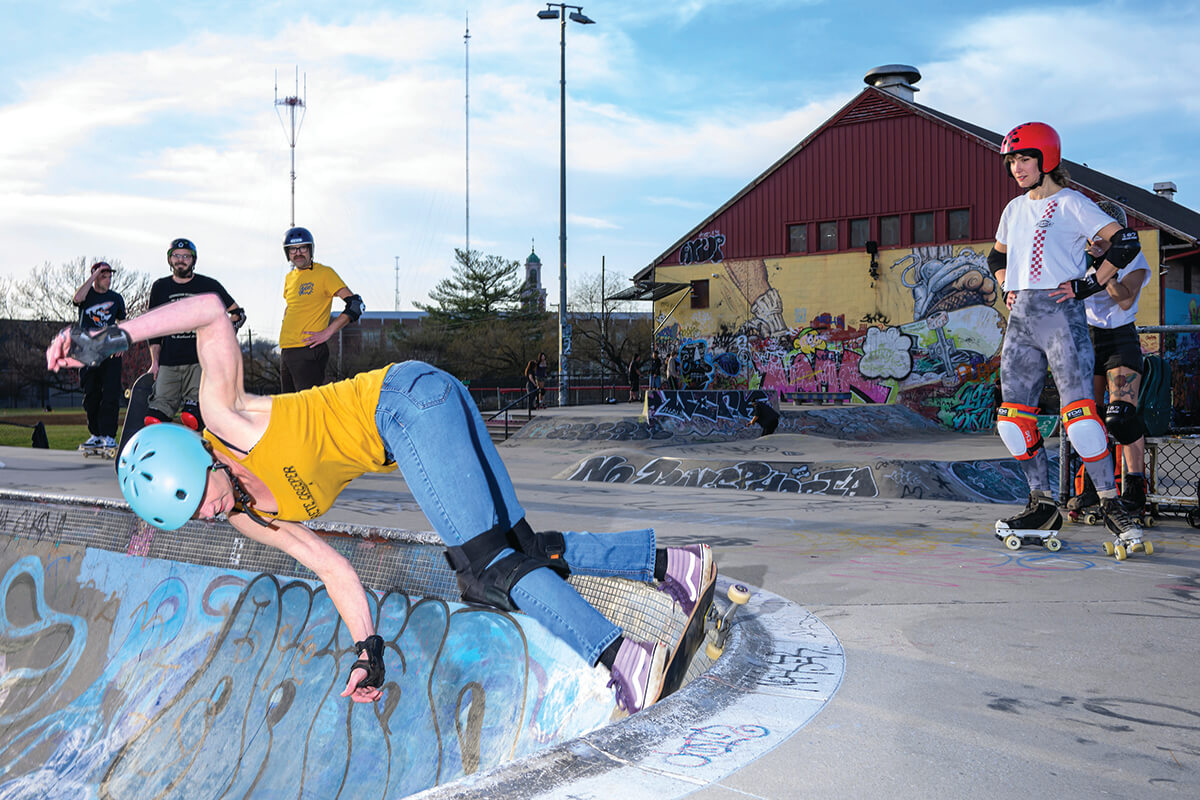
By Adam Bednar
Riding Higher
With two still relatively new parks, the city is finally embracing its skating community.
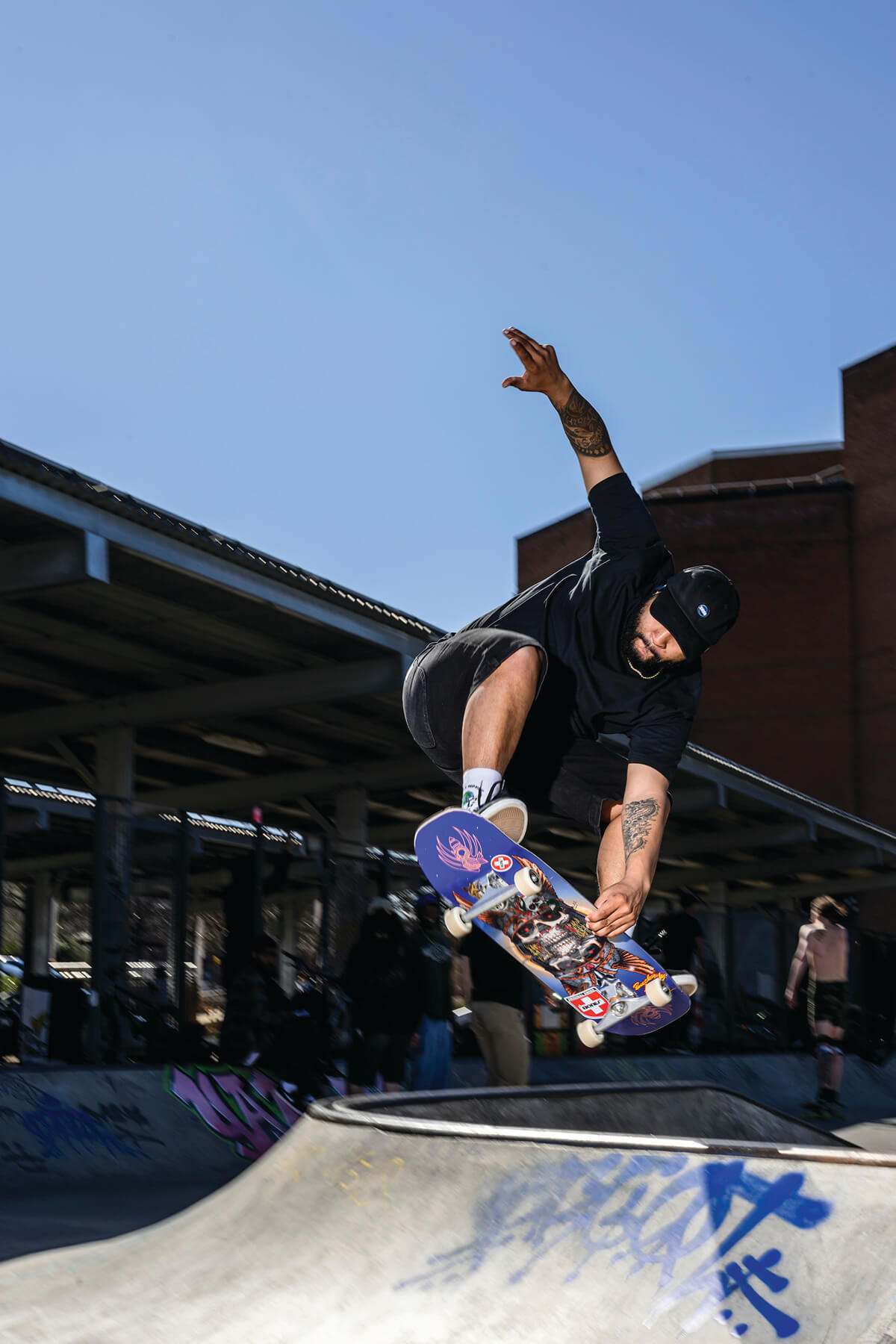

n a recent overcast Friday afternoon, about 10 skaters, mostly in their 20s, push back and forth around the concrete bowl of Jake’s Skatepark at Rash Field. Half of the group is playing a game of “S-K-A-T-E”—basically the skateboarder’s version of “H-O-R-S-E”— in a flat area at the park’s entrance. Their silhouettes, and the spins and flips of their boards, are framed against downtown Baltimore’s skyline just across the Inner Harbor.
“A lot of different people come [skate]. You can tell the locals, or if it’s someone’s first time here,” says Yaamiyn Whitaker, 29, one of the competitors. “But for the most part, it’s very easy [to fit in]. It’s right in the heart of the city where everyone can come.”
Named in memory of 5-year-old skater Jake Owen, who died when a distracted driver slammed into his family’s car, the park opened in 2021. Since then, it has become one of the most popular skating spots in the Baltimore area, with riders from all over the Mid-Atlantic region regularly making pilgrimages.
Although it’s relatively small as far as skate parks go, the Grindline-designed spot attracts a diverse mash-up of skaters because of its combination of obstacles, ramps, waterfront setting—and accessibility. The park’s ambiance can swing from family and little kid-friendly early on the weekends to more of a teenage hangout later in the evening.
Whatever the vibe, says Perry Collins, 28, who rides his bike to the park almost every day, it remains a welcoming spot. “The atmosphere is pretty crazy, sometimes,” he says. “But for the most part, it’s chill.”
PROFILE
Stephanie Murdock: On the Grind
The Baltimore area has a rich history of skateboarding. Sandy Hills Skate Park, also known as the Lansdowne Bowl, has roots that stretch back to 1978. Constructed amid skating’s first surge of popularity, it’s now one of the oldest skate parks in the U.S. and among a handful left from that first era of skate park design and construction—albeit with fresh quarter pipes, mini-ramps, and rails. Dundalk’s Bucky Lasek also became one of the sport’s stars in 1980s while still a teenager.
But until recently, it was difficult to find any other skate parks in Baltimore. All that changed thanks to Stephanie Murdock, who, over the last two decades has successfully taught Baltimore skaters how to advocate for the construction of public skate parks in the city itself.
The now-40-year-old’s journey to becoming a leader in the city’s skate community stretches back to her undergraduate years at Towson University—when skating at a permanent park required a road trip to least Baltimore County. Murdock soon began recruiting skaters and allies, and eventually that group coalesced into the nonprofit Skatepark of Baltimore in 2007, which partners with philanthropies and government agencies to facilitate the construction of skate parks.
“It started when I placed an ad with my personal cell phone number in the back of the City Paper—next to all those ‘interesting’ ads—to gauge support and recruit volunteers,” Murdock told Baltimore several years ago. “People began calling me who wanted a skate park.”
So far, Skatepark of Baltimore’s efforts have paved the way for two local skate parks—Roosevelt Park in Hampden in 2019 and Jake’s Skatepark at the Inner Harbor in 2021.
The Hampden skate park facility replaced a makeshift skate pad after nearly a decade of fundraising and construction. Since it opened, the park has earned a reputation as a welcoming place, especially for skaters from marginalized communities.
“I advocate for public concrete skate parks in my free time,” Murdock recently told District Fray, “because I believe that skateboarding can change the trajectory of a young person’s life.”
